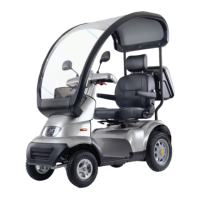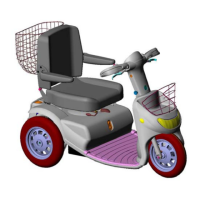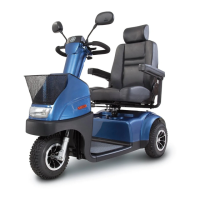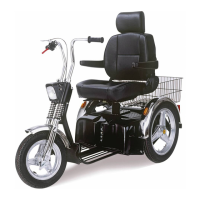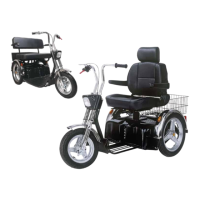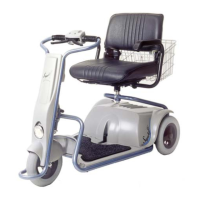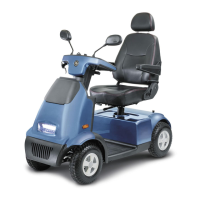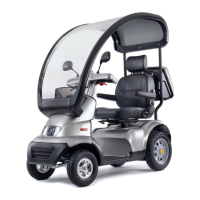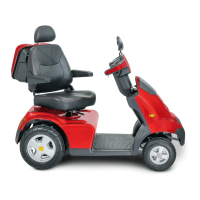What to do if Afikim Breeze-S4 doesn't move?
- BBrooke HernandezAug 18, 2025
If your Afikim Scooter Breeze S doesn't move when you squeeze the throttle, first, ensure the key switch is turned ON. Next, check if the charger is connected and disconnect it. Also, verify that the EMB lever is engaged. If a panic brake was activated, turn the key switch OFF and then ON again. If the issue persists, it may indicate a control system failure, and you should call for technical support.


